French Dip vs. Italian Beef
In my experience, French dip sandwiches are a pretty common thing to find on a menu. Taverns, family restaurants, steakhouses, BBQ joints… Whether you’re in a big city or a smaller town, odds are you can find one nearby. Typically it’ll be roast beef on a French roll served au jus.
To test this, I opened a Google Maps window, moved it to the middle of Missouri, and did a search for restaurants. I found a cluster of them in Jefferson City. The first one I clicked on, Madison’s Cafe, didn’t have anything called “French Dip” but it did have a roast beef sandwich served au jus.
We call it FREEDOM DIP in America, dammit!
Simple enough. I wasn’t sure how to tackle something so ubiquitous, but like I often do, I started by making dinner for my family.
I’ve done a top round roast for the site before, and this time was very similar.
I used a simple rub of black pepper, kosher salt, garlic powder, and onion powder.
I rubbed the roast all over
then blasted it in a very hot oven before killing the heat and letting it slowly come to temperature throughout. I wanted it to be more rare this time though, so I checked on it a little earlier and pulled it at 120 degrees or so. On the outside, it looked like this
Eventually I used my deli slicer to slice the roast thinly, and here’s what it looked like inside:
Not bad.
While resting the roast in foil, I deglazed the pan I’d had underneath catching its drippings with some red wine, then added beef stock and reduced until it tasted beefy enough for me.
I heated some Turano French rolls in the oven to get them a little more crusty than usual, then reheated the beef a sandwich-worth at a time in the drippings and served it in the rolls–with provolone if requested–with chips, a pickle spear, and some of the jus.
It was glorious. I couldn’t help thinking while eating it though…. this needs some giardiniera
These are very similar sandwiches–if there were a sandwich family tree, both would be on the same branch as that other dipped beefy favorite, Buffalo’s Beef on Weck. That uses a very distinct kummelweck roll though, while these both use somewhat vaguely described French or Italian sandwich rolls. What is it that separates Chicago’s Italian Beef sandwich from the more ubiquitous, LA-based French dip?
@JimTheBeerGuy Always thought the Italian beef was basically a Chicago cook trying to fix a French dip sandwich's obvious failings.
— Michael Gebert (@skyfullofbacon) April 19, 2016
OK, Mike and I might be a little biased. I’ll give impartiality a shot though.
Historical/cultural legitimacy:
This is the sandwiches story, its place in history, and its right to the nationality it claims.
The French Dip traces its roots back to Los Angeles circa 1908, at one of two restaurants that opened that year: Philippe’s, or Cole’s. Though they both claim to have invented the sandwich, consensus seems to swing toward Phillipe’s as the original (in fact it is often called Philippe the Original. Cole’s full name is Cole’s Pacific Electric Buffet though which is a pretty great name.) There are origin stories that are cute in a “you got your chocolate in my peanut butter / you got your peanut butter in my chocolate” kind of way but are clearly apocryphal. The two restaurants aren’t far from each other, but not right next door or across the street, so you don’t get that great immediacy of the Philly Cheesesteak or Maxwell Street Polish rivalry. Most people still have their clear favorites though.
Philippe was French, clearly, which may have contributed to the name, though there’s an alternate theory that the sandwich was merely a play on words, borrowing the name of a turn-of-the-century women’s fashion. The flavors of the sandwich–the beef, the simple seasoning, the bread, even the jus–cannot be said to be uniquely French, though I would not claim them to be un-French either.
Italian Beef sandwiches don’t have a very clear story, though Thrillist just published a nicely-researched piece last month. They are generally said to have originated during (or even before) the Depression in Chicago. Stockyard workers would bring home cheaper cuts of beef, slow-roast them to tenderness, and serve them with bread to stretch the meat further. The Scala company, which supplies the beef to many of the city’s stands, was founded in 1925, and claims to have popularized the practice. Al’s Beef, widely considered to be the original Italian Beef stand, opened in 1938.
As for the Italian claim, look no further than the names of the players. Pasquale Scala of Scala Beef & Sausage Company. Al Ferrari, Chris and Frances Pacelli, the founders of Al’s Beef. Carl Buonavolanto of Buona Beef. Joe Zucchero of Mr. Beef on Orleans. Its origins and flavors are clearly Italian.
The French Dip sandwich seems to have been around a bit longer, with a clearer, though still disputed origin and wider awareness across the entire US, while the Italian Beef, while having a less clearly told story, is firmly rooted in the experience of the Italian-American community in Chicago. If sandwiches could be named historical landmarks the way buildings sometimes are, I’d have to give the nod to both of them. I’m calling this category a tie.
Bread:
Without trying the original, I can only speculate what the French rolls at Philippe’s are like, but based on descriptions I imagine they’re a bit on the lighter and crustier side than those commonly used by Chicago’s beef stands, which are designed to be sturdier, to withstand a dunking in the hot gravy. I do like the idea of softening a crusty roll with jus, but again, I’m just speculating without access to the real thing. Indeterminate.
Meat:
The roasts for Italian beef are generally well-marbled cuts like sirloin, rubbed with Italian herbs and spices (and plenty of garlic), and slowly wet-roasted with beef stock, to collect the juices for the gravy. You can get your sandwich with beef, or a combo that has beef and Italian sausage.
French Dip is made with roast beef too. But if you look at Philippe’s menu, they also offer roast pork, leg of lamb, turkey, or chicken (and the lamb is supposed to be the real star). Cole’s offers the pork, turkey, and lamb as well, along with an intriguing-sounding Pastrami Dip. Philippe’s prep includes roasting beef bottoms on a bed of carrots/onions/celery (mirepoix! Maybe there’s something to this French thing), then adding those pan juices to a separate pot of house-made stock.
At the average Midwestern mom and pop place that serves a French Dip sandwich as one of a dozen things on their menu, they probably just use deli roast beef and bouillon. But there are also plenty of Italian beef stands that buy their meat pre-sliced in a tub of gravy from Scala or another supplier.
Due to the sheer variety of options, I’ll give the edge to the French Dip here.
Cheese:
Both sandwiches, by default, come without cheese, though some places have cheese options, and this Serious Eats article raves about Philippe’s Lamb Dip with blue cheese. I know Portillo’s also has a Beef and Cheddar Croissant that comes with Italian Beef and cheddar sauce that I probably ought to not like but is actually great. However, I have to say that when it comes to the basic sandwich, cheese isn’t really a factor for either.
Vegetables:
Neither of these sandwiches come with vegetables by default, though sweet peppers are an option on the Italian Beef, and a lot of French Dip recipes online add caramelized onions and/or mushrooms. I personally prefer onions to sweet peppers, but in either case, the vegetable options are not a deal breaker.
Condiments:
The French Dip is generally dressed either with horseradish–a personal favorite–or spicy nose-burning horseradish-heavy mustard–also a favorite. The Italian Beef “with hot” uses the world’s greatest condiment, giardiniera. This is no contest, despite my great love for horseradish and mustard. The Italian Beef has the clear advantage here.
Other serving options:
Both sandwiches can be ordered with varying degrees of bread sogginess–the French Dip normally comes with one side of the roll dipped briefly in the jus, while ordering it “double-dipped” will result in both sides of bread being wet. The Italian Beef (though the terminology can differ from place to place) can be ordered dry; wet, which generally means having a little gravy ladled into the bread before filling; or dipped, in which case the sandwich is assembled, then dipped whole into the simmering pot of gravy with a pair of tongs. French Dip also comes with jus on the side by default. It’s possible to get gravy on the side at an Italian beef stand, though it will require a special request and likely an upcharge at most places. Perhaps a very slight advantage to the French Dip here.
Intangibles:
The French Dip comes with jus. The Italian Beef comes with gravy. Both are referring to basically the same thing, though quality is obviously going to vary from place to place. I personally prefer asking for gravy rather than trying to navigate the jus/au jus problem with a server. Many menus call it au jus, which basically means “with juice.” The liquid itself should properly be referred to simply as jus but just try to tell that to somebody who’s been working at a joint for 10 years or more and calling it au jus the whole time. Pedantry makes no friends, but everybody loves gravy.
Conclusions:
I don’t have any. Hooray for sandwiches! French Dip sandwiches are pretty great if you make them right, and pretty lousy if you don’t. Italian Beef sandwiches have the same problem, but also have the all-time get-out-of-bad-sandwich-jail-free card called giardiniera. On the face of it, French Dip sandwiches ought to be at least as good or better than Italian Beef sandwiches, but I far prefer the latter. The ubiquity of the former probably isn’t helping it, since there are far more bad French Dip sandwiches than great ones. Hell, you can even get one at Arby’s.
I sure wouldn’t mind trying a few more great French Dips though. Some day, Philippe’s. Some day.

I like sandwiches.
I like a lot of other things too but sandwiches are pretty great


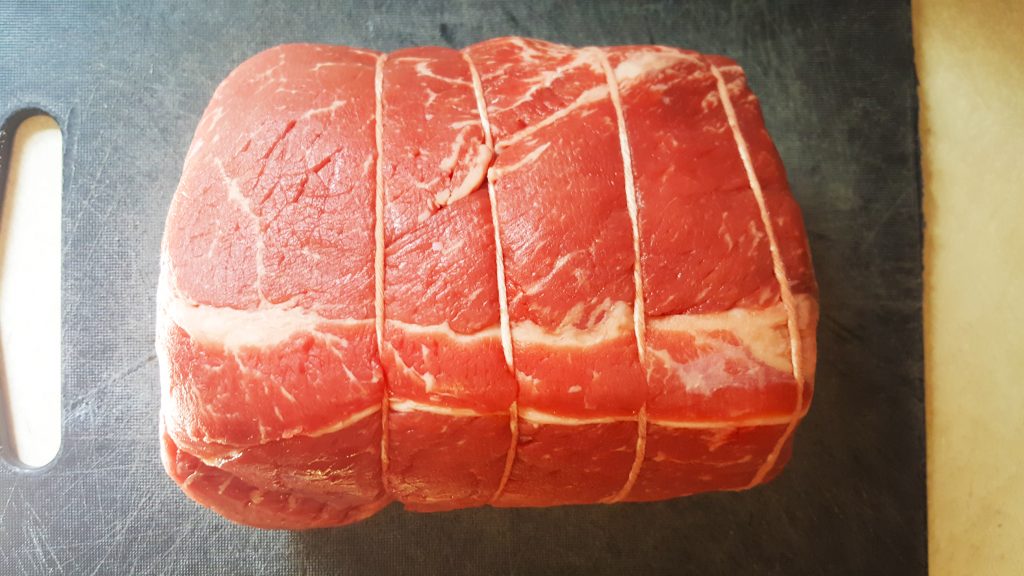
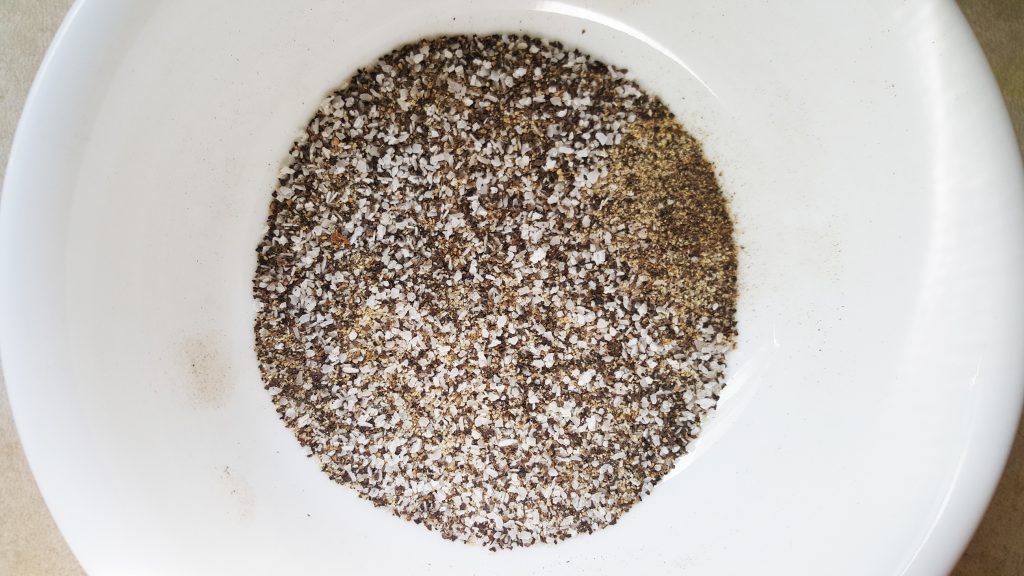
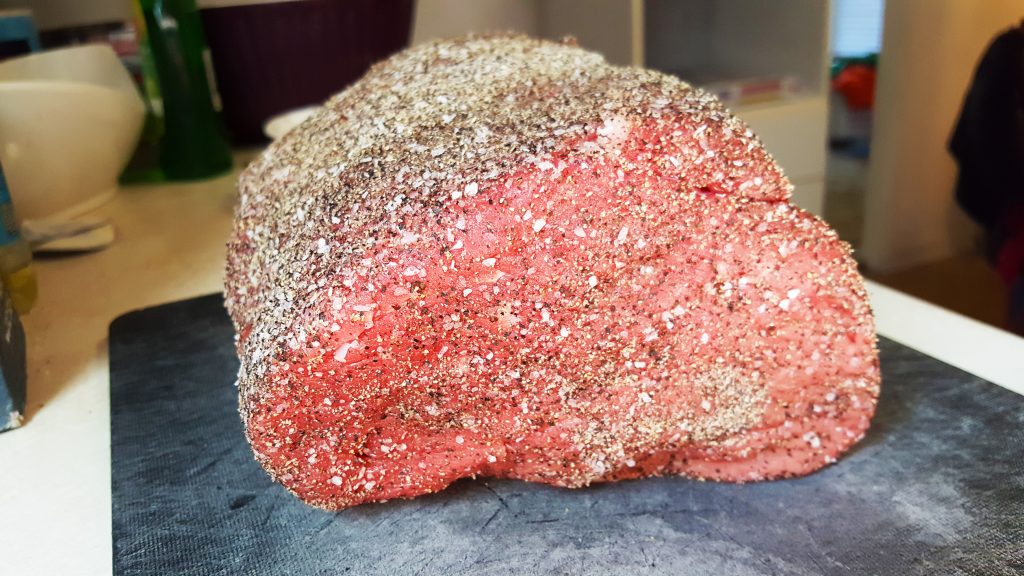
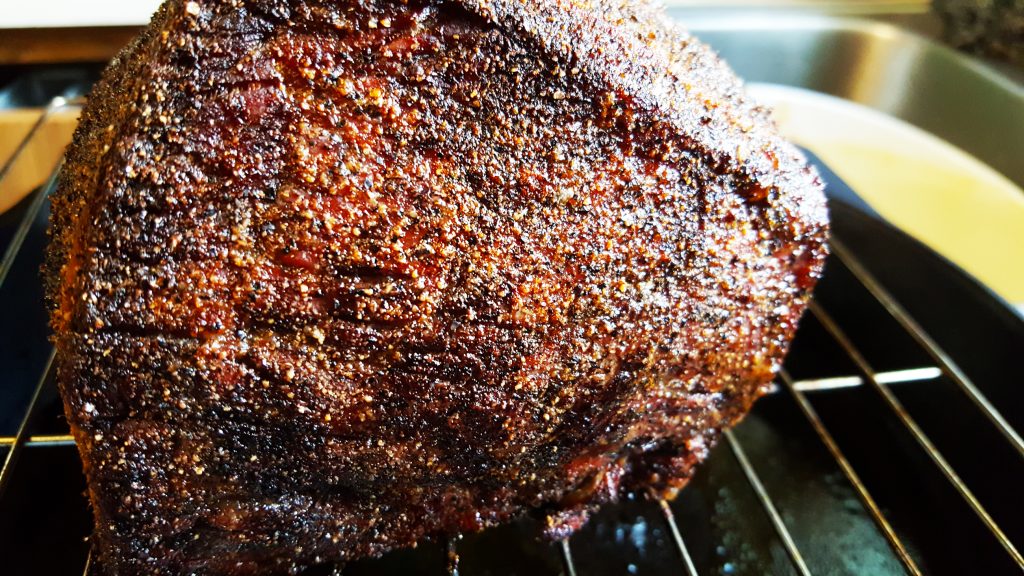
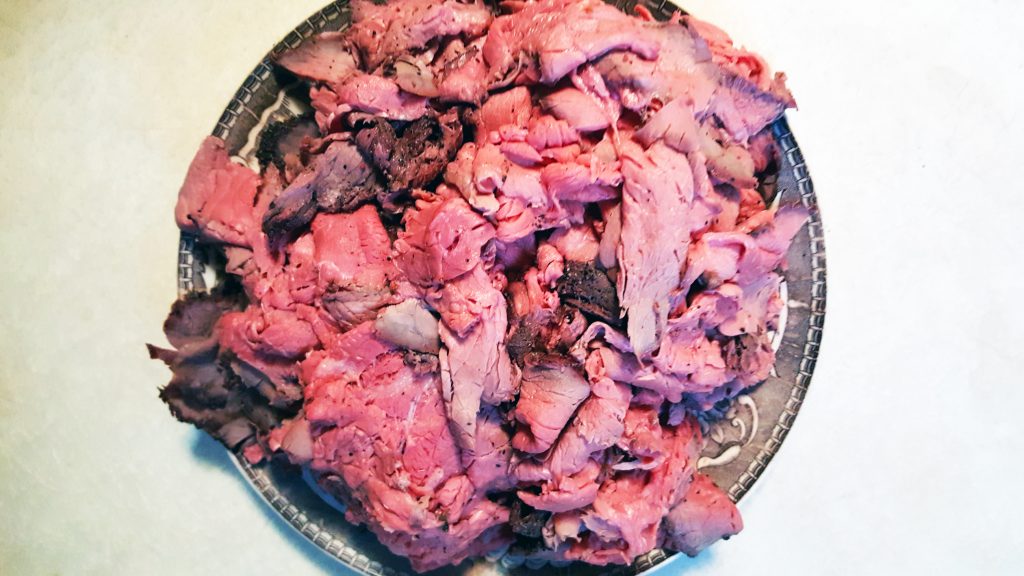
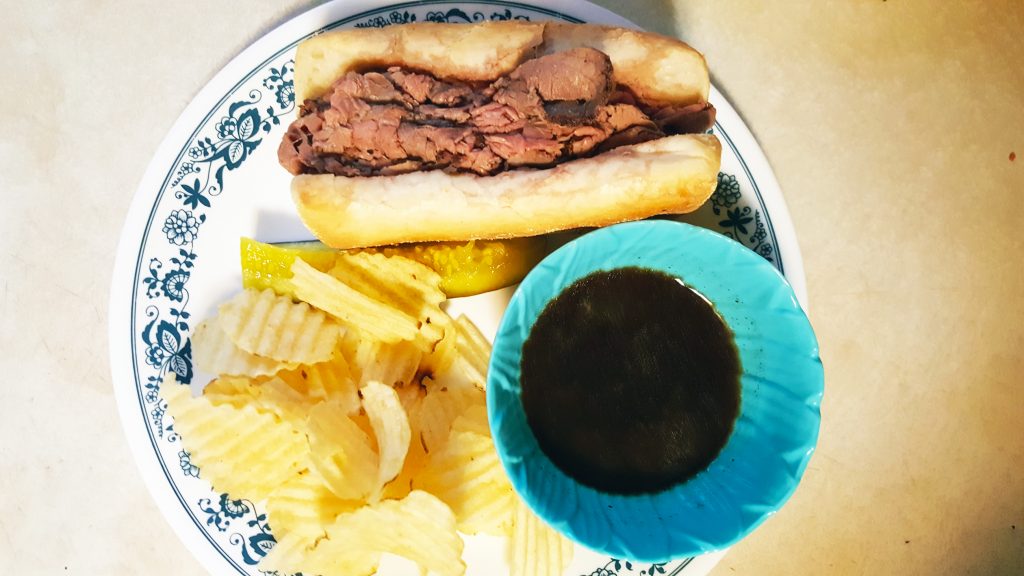
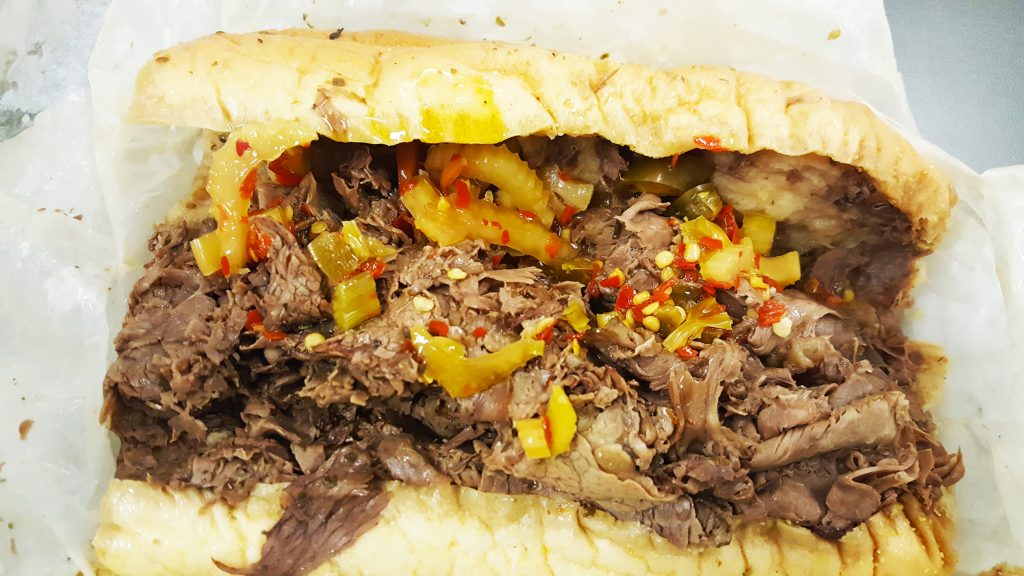
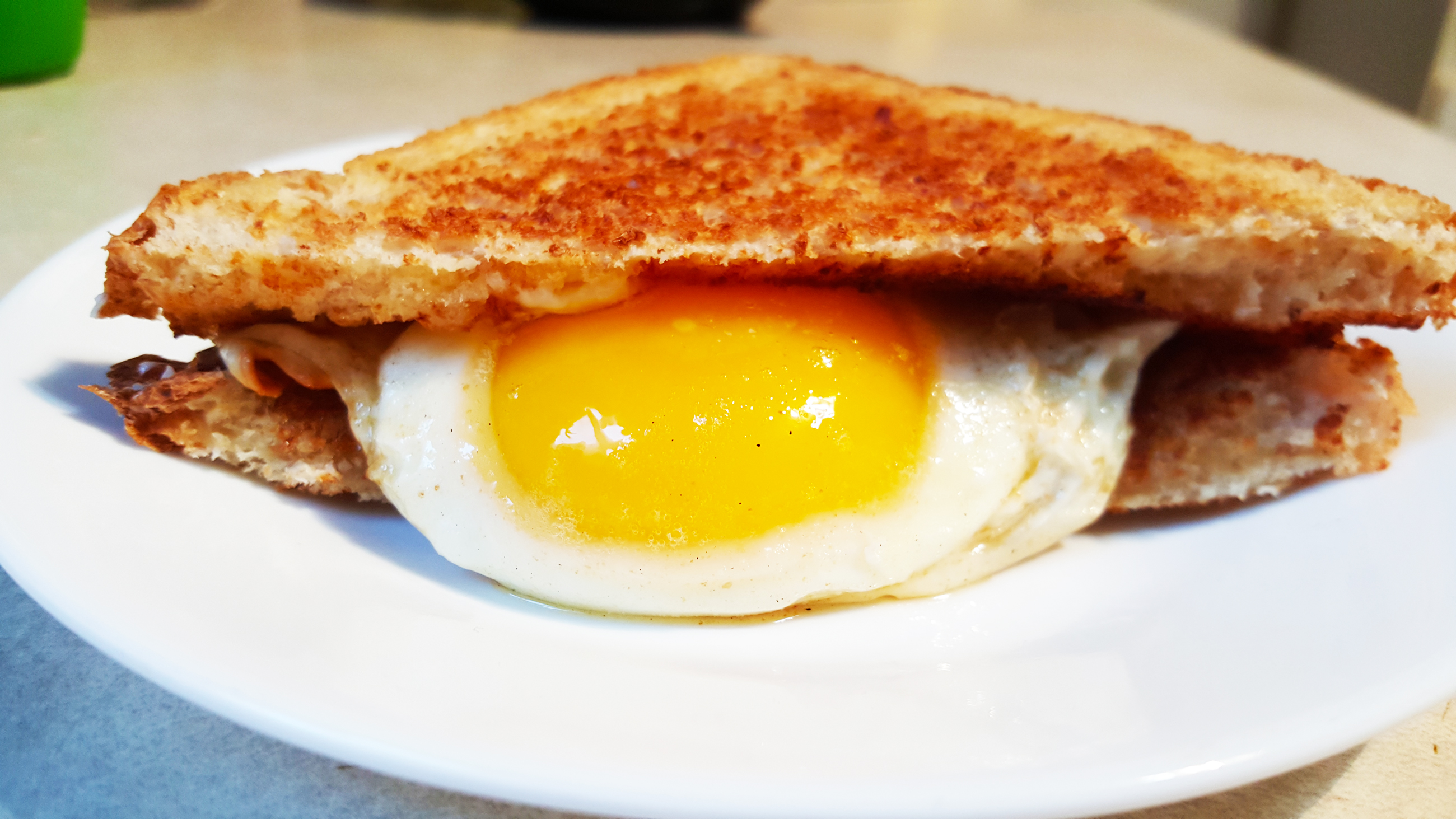

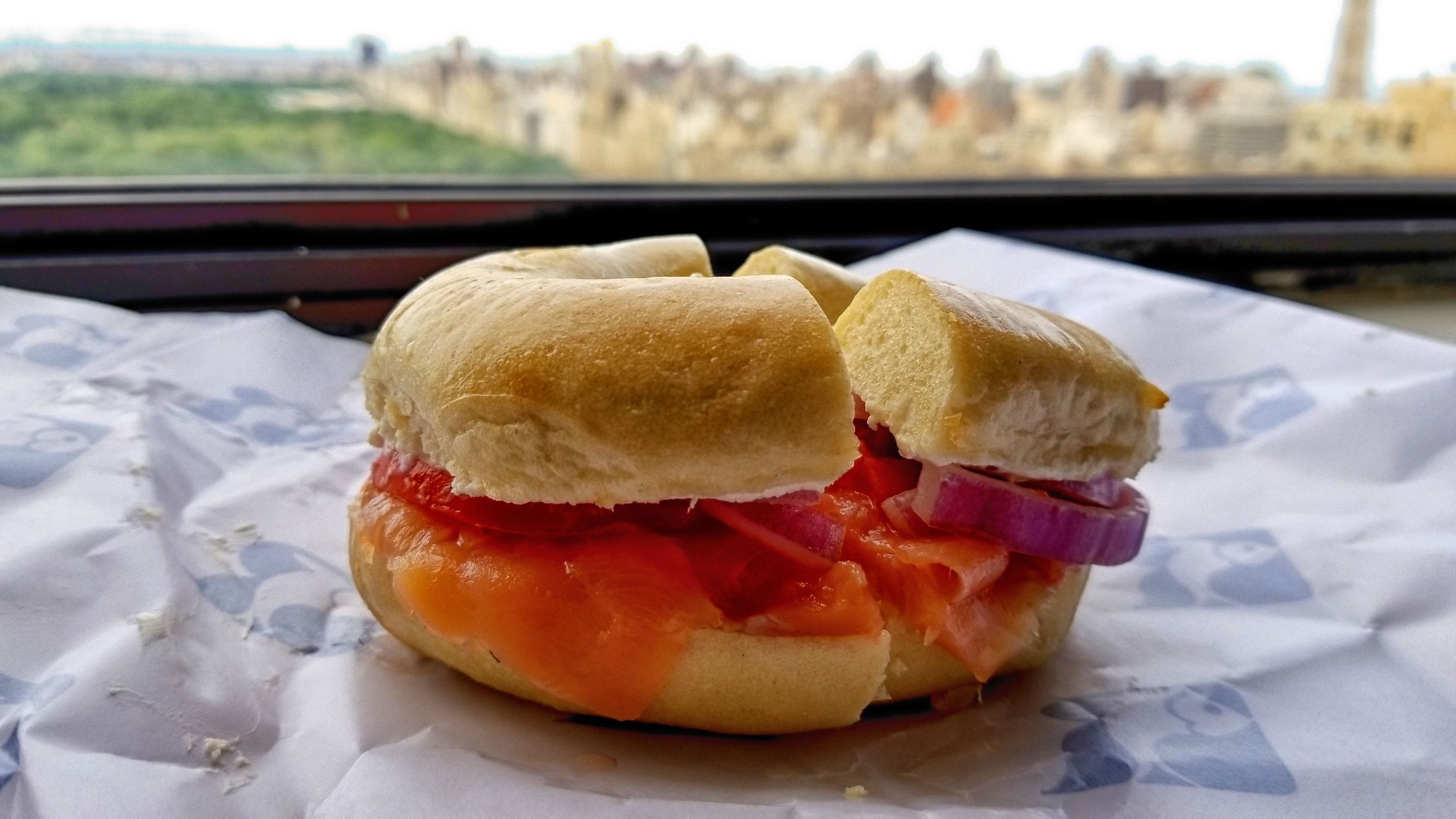






I love this. This is such a good site, thorough, and as a Fart Sandwich myself, I learn so much from you. No kidding.
-DANNIS
“Pedantry makes no friends, but everybody loves gravy.” New life motto.
Chicago native and the only difference here from most plain restaurants is one comes with jus. However if you go someplace reputable the bread is thicker and it comes toasted with garlic butter mozzarella and gardinera with the jus on the side. That is the best way hands down and the way I make it at home. And if the try to give you shredded instead of sliced they’re garbage people. Lol
The French Dip a common find at BBQ joints? I will have to respectfully disagree. I live in Kansas City and have never seen the French Dip on a menu at a BBQ restaurant. If I did I would first be horrified, then question said restaurants’ BBQ credentials, and finally I would storm out of the establishment. I don’t know where you live, but if they have French Dip at a BBQ restaurant then it’s not legit BBQ.
The Italian Beef is an exponentially better sammich than the French Dip. It’s probably my favorite sammy.
I have had nothing but terrible overcooked dry sliced too thin French Dip sandwiches. I happened upon an Italian Beef recipe you make in a crockpot and never looked back. Chuck roast so tender, as many green peppers as I liked, and an au jus that you drink when you’re done. I wish I could post a picture of the Italian Beef sandwich I just had with giardiniera and melted provolone!! Magnifique!